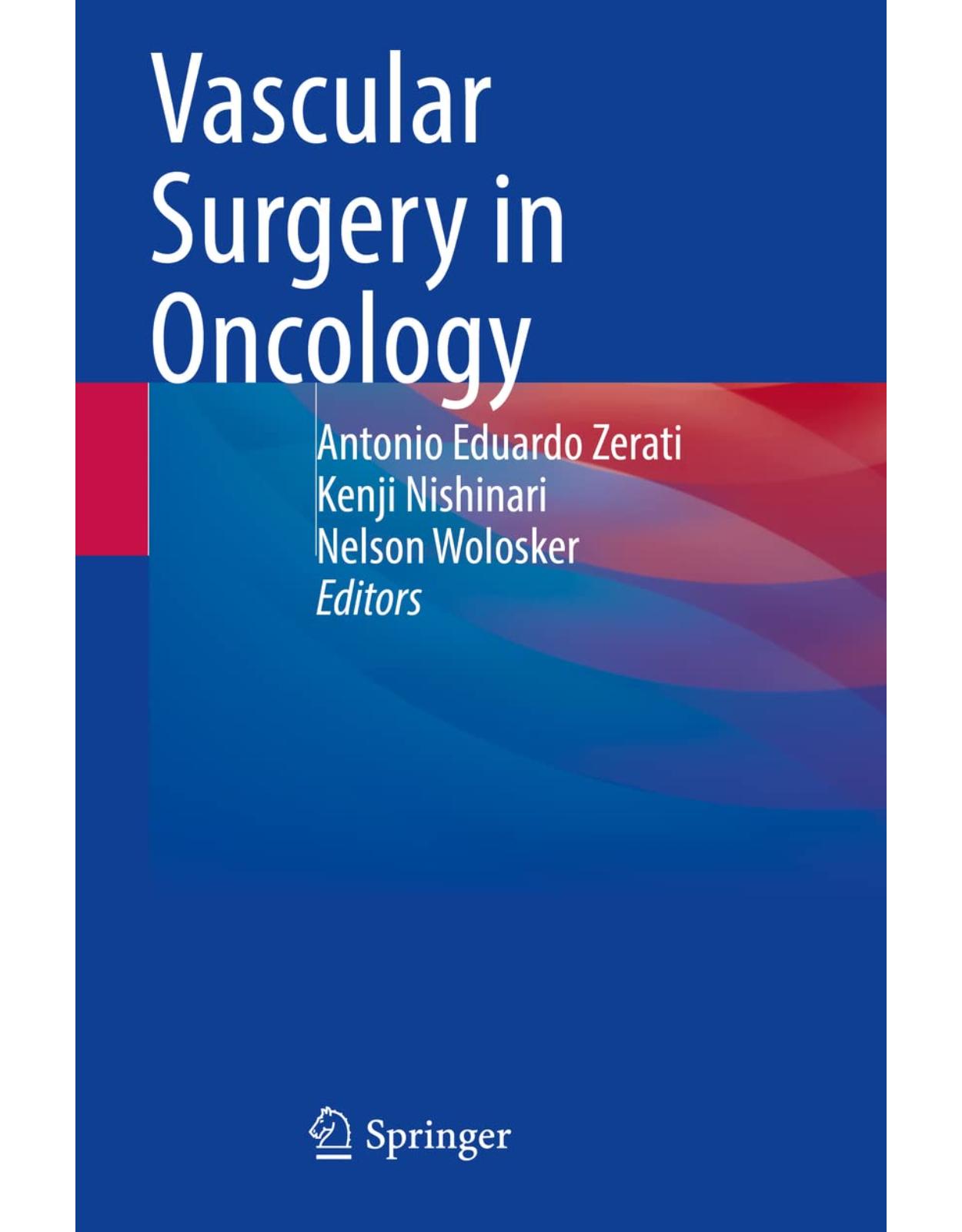
Vascular Surgery in Oncology
Livrare gratis la comenzi peste 500 RON. Pentru celelalte comenzi livrarea este 20 RON.
Disponibilitate: La comanda in aproximativ 4 saptamani
Editura: Springer
Limba: Engleza
Nr. pagini: 575
Coperta: Paperback
Dimensiuni:
An aparitie: 10 Jun 2023
Circulatory conditions are involved both in the oncologic disease itself and in its treatment, with a direct impact on therapeutic planning for patients. At the same time, it goes without saying that cancer and its treatment affect the circulatory system, be it arterial, venous or lymphatic.
This book explores the interface between vascular surgery and the various clinical and surgical oncological specialties, highlighting which types of neoplasm are most common and focusing on those that more frequently cause or are influenced by vascular diseases. The diagnostic procedures for these tumors and the most suitable types of treatment are also discussed.
The content is divided into three sections: I – Surgical Oncology, II – Clinical Oncology and Oncohematology, and III – Vascular and Endovascular Surgery. The first section presents the most common types of tumor in each surgical oncology specialty, and the most frequent tumors associated with vascular complications. The diagnosis, staging, prognosis and oncological treatments are discussed, while associated vascular complications, such as vascular invasion, venous thrombosis, and arterial thrombosis, are described. The second section focuses on general aspects of Clinical Oncology and Oncohematology in addition to the most frequent vascular complications related to solid and hematological cancers and its treatment (chemotherapy, radiotherapy, bone marrow transplantation). The third section includes a more detailed approach to vascular events and diseases commonly found in cancer patients, in addition to technical discussions regarding vascular reconstructions associated with tumor resection, vascular access, among other topics.
At the end of each chapter, the editors comment and highlight the most important challenges for vascular surgeons who dedicate their lives to treating cancer patients.
Given its scope, the book offers a valuable resource for medical specialists and professionals in training in the fields of vascular surgery and angiology, clinical oncology, oncohematology and surgical oncology.
Table of Contents:
Part I – Surgical Oncology
Chapter 1 – Head and Neck Surgery
- Most common tumor types
- Types of tumor most frequently associated with vascular complications
• Diagnosis (image, AP, others)
• Staging / prognosis
• Oncological treatment (Chemotherapy? Radiotherapy? Surgical resection?) - general guidelines
• What vascular complications are associated with these tumor types (vascular invasion, venous thrombosis, arterial thrombosis)
• Vascular and endovascular topics in oncological Head and Neck Surgery– Editors comments
Chapter 2 – Thoracic Surgery
- Most common tumor types
- Types of tumor most frequently associated with vascular complications
• Diagnosis (image, AP, others)
• Staging / prognosis
• Oncological treatment (Chemotherapy? Radiotherapy? Surgical resection?) - general guidelines
• What vascular complications are associated with these tumor types (vascular invasion, venous thrombosis, arterial thrombosis)
• Vascular and endovascular topics in oncological Thoracic Surgery– Editors comments
Chapter 3 – Gastrointestinal Surgery
- Most common tumor types
- Types of tumor most frequently associated with vascular complications
• Diagnosis (image, AP, others)
• Staging / prognosis
• Oncological treatment (Chemotherapy? Radiotherapy? Surgical resection?) - general guidelines
• What vascular complications are associated with these tumor types (vascular invasion, venous thrombosis, arterial thrombosis)
• Vascular and endovascular topics in oncological Gastrointestinal Surgery– Editors comments
Chapter 4 – Urology
- Most common tumor types
- Types of tumor most frequently associated with vascular complications
• Diagnosis (image, AP, others)
• Staging / prognosis
• Oncological treatment (Chemotherapy? Radiotherapy? Surgical resection?) - general guidelines
• What vascular complications are associated with these tumor types (vascular invasion, venous thrombosis, arterial thrombosis)
• Vascular and endovascular topics in oncological Urology – Editors comments
Chapter 5 – Gynecology / Mastology
- Most common tumor types
- Types of tumor most frequently associated with vascular complications
• Diagnosis (image, AP, others)
• Staging / prognosis
• Oncological treatment (Chemotherapy? Radiotherapy? Surgical resection?) - general guidelines
• What vascular complications are associated with these tumor types (vascular invasion, venous thrombosis, arterial thrombosis)
• Vascular and endovascular topics in oncological Gynecology and Mastology – Editors comments
Chapter 6 – Orthopedics
- Most common tumor types
- Types of tumor most frequently associated with vascular complications
• Diagnosis (image, AP, others)
• Staging / prognosis
• Oncological treatment (Chemotherapy? Radiotherapy? Surgical resection?) - general guidelines
• What vascular complications are associated with these tumor types (vascular invasion, venous thrombosis, arterial thrombosis)
•Surgical anatomy and approaches to the anterior thoracolumbar spine region
• Vascular and endovascular topics in oncological Orthopedics – Editors comments
Chapter 7 – Retroperitoneal Tumors
- Most common tumor types
- Types of tumor most frequently associated with vascular complications • Diagnosis (image, AP, others)
• Staging / prognosis
• Oncological treatment (Chemotherapy? Radiotherapy? Surgical resection?) - general guidelines
• What vascular complications are associated with these tumor types (vascular invasion, venous thrombosis, arterial thrombosis)
• Vascular and endovascular topics in oncological Retroperitoneal Surgery– Editors comments
Chapter 8 – Neurosurgery
- Most common tumor types
- Types of tumor most frequently associated with vascular complications
• Diagnosis (image, AP, others)
• Staging / prognosis
• Oncological treatment (Chemotherapy? Radiotherapy? Surgical resection?) - general guidelines
• What vascular complications are associated with these tumor types (vascular invasion, venous thrombosis, arterial thrombosis)
• Venous thromboembolism – when anticoagulation is not allowed
• Vascular and endovascular topics in oncological Neurosurgery– Editors comments
Part II – Clinical Oncology and Oncohematology
Chapter 9 – Clinical Oncology
- Types of chemotherapy - general concepts
- Tumor types most associated with vascular complications (VTE, arterial thrombosis)
- More frequent vascular complications with chemotherapy (VTE, arterial thrombosis, thrombocytopenia, neutropenia, others) - which drugs, in which phase between cycles
- Criteria for choosing vascular access for chemotherapy treatment (peripheral, PICC, Port) - Oncologist's view
• Vascular and endovascular topics in Clinical Oncology – Editors comments
Chapter 10 – Oncohematology
- More frequent tumor types (leukemias, lymphomas, multiple myeloma)
- Most used chemotherapeutic agents– general concepts
- Tumor types most associated with vascular complications (compression mediastinum vessels, VTE, arterial thrombosis, acute leukosis)
- Most frequent vascular complications related to chemotherapy (VTE, arterial thrombosis, thrombocytopenia, neutropenia, others) - which drugs, in which phase between cycles
- Criteria for choosing vascular access for chemotherapy (peripheral, PICC, Port, Hickman, Permcath) – Oncohematologist’s point of view
- Bone marrow transplantation (autologous / halogenic, how it is done, indications, care)
• Vascular and endovascular topics in Oncohematology – Editors comments
Part III – Vascular and Endovascular Surgery
Chapter 11 – VTE and Cancer
- Epidemiology
- Diagnosis - laboratory, image
- Prophylaxis
· Clinical patient
· Surgical patient
- Treatment of VTE in cancer patients
- Drugs (conventional drugs, NOACs)
- Treatment extension (full dose, reduced dose, criteria for suspension / reduction)
- Follow-up
- Surgical treatment (indications, how it is done)
- Vena cava filter (definitive / removable)
- Fibrinolysis
- Mechanical thrombectomy
Chapter 12 – Endovascular Procedures in Cancer Patients
- Chemoembolization of liver tumors
- Embolization of vascular malformations
- Embolization of bleeding sites
Chapter 13 – Lymphatic Disorders in Oncological Patients
- Lymphatic vessels anatomy
- Lymphedema in cancer patients
- Diagnosis
- Clinical treatment
- Surgical treatment
Chapter 14 – Vascular Access
- Types of vascular access
- Peripherals, PICC, port, hickman, permcath
- Implant technique
- Infectious complications
- Non-infectious complications
- Nursing care
- Puncture technique
- Maintenance (heparinization / salinization - port, permcath, PICC)
- What is an adequate access? Nursing view
| An aparitie | 10 Jun 2023 |
| Autor | Antonio Eduardo Zerati, Kenji Nishinari, Nelson Wolosker |
| Editura | Springer |
| Format | Paperback |
| ISBN | 9783030976897 |
| Limba | Engleza |
| Nr pag | 575 |
-
51100 lei 47600 lei

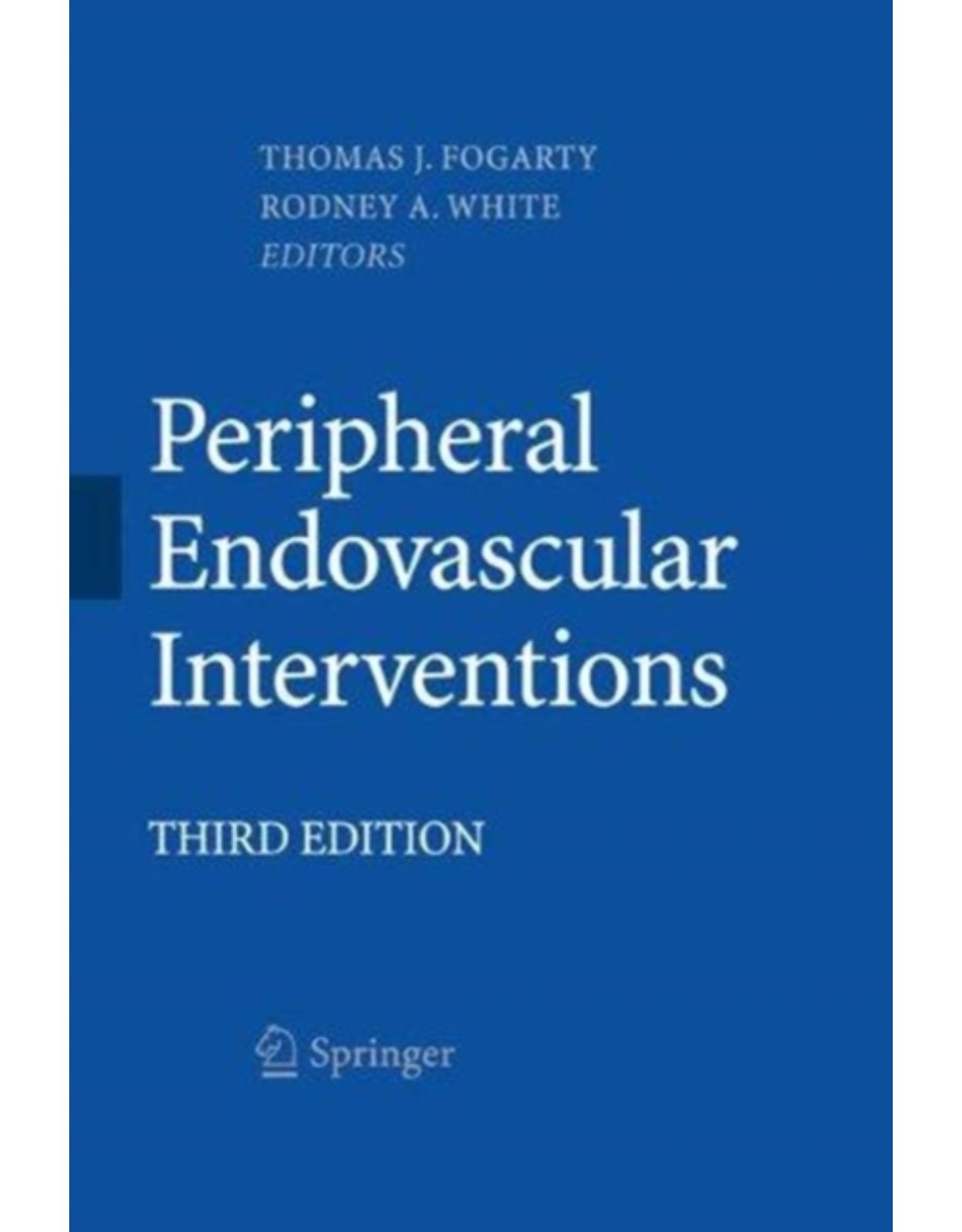
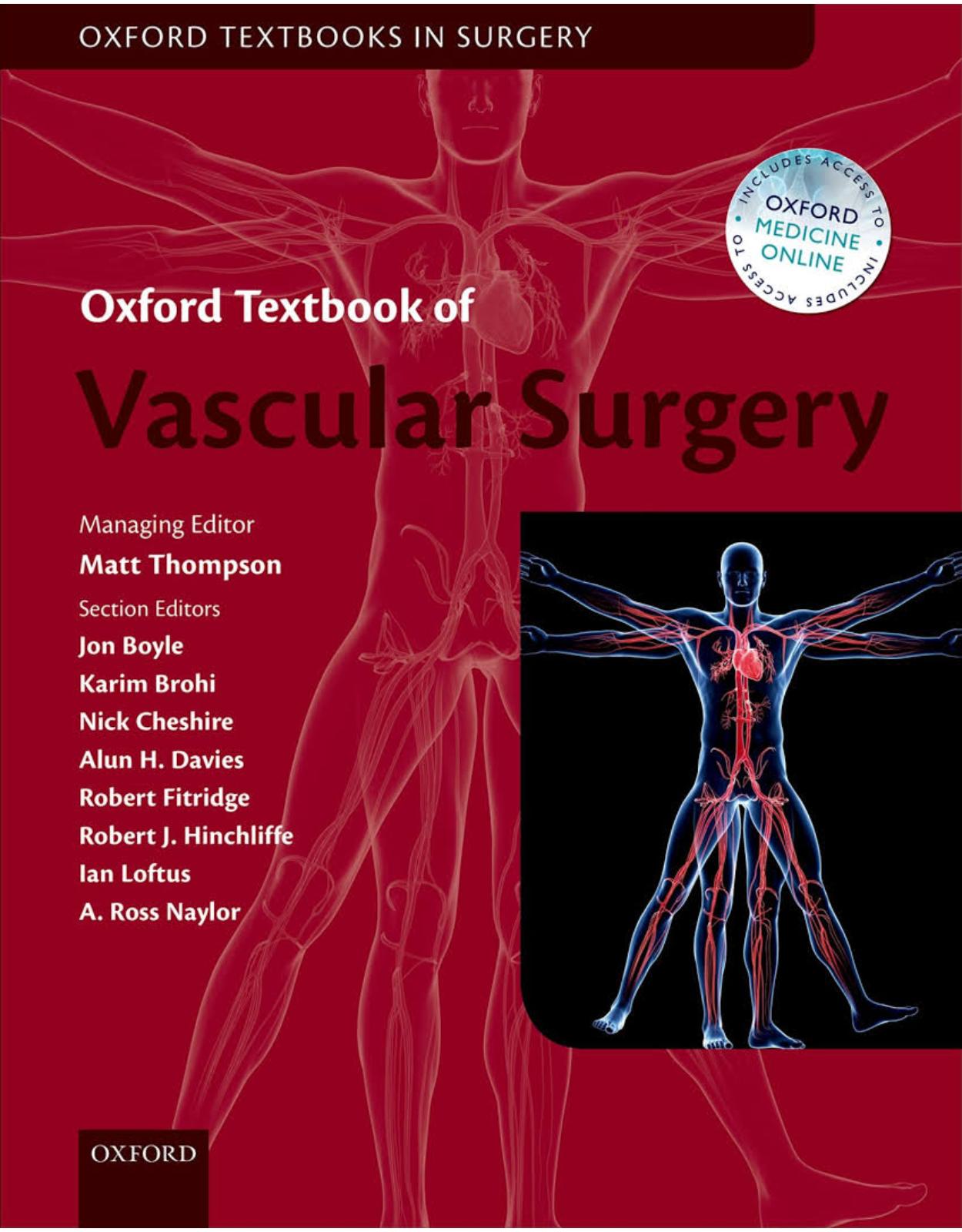
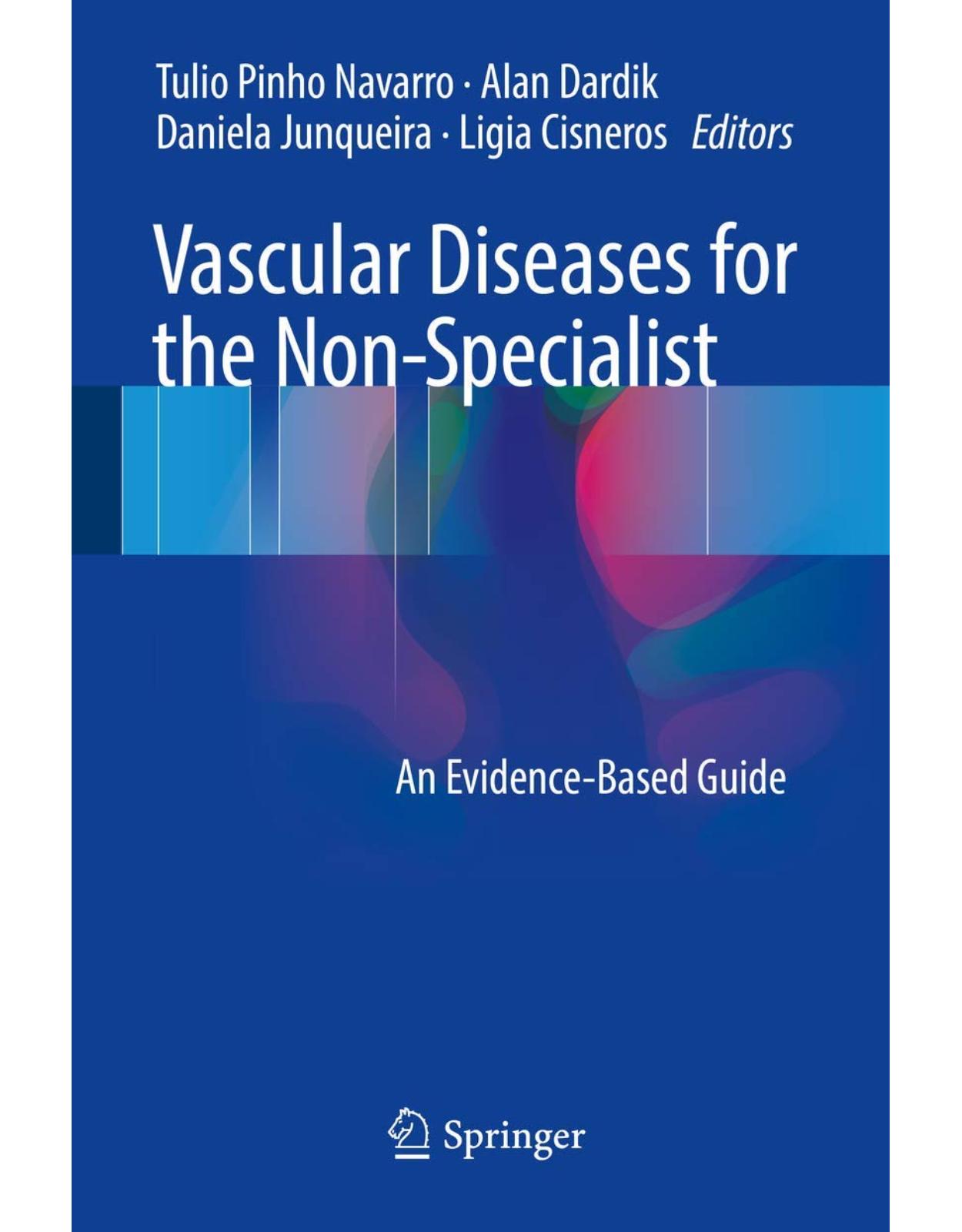
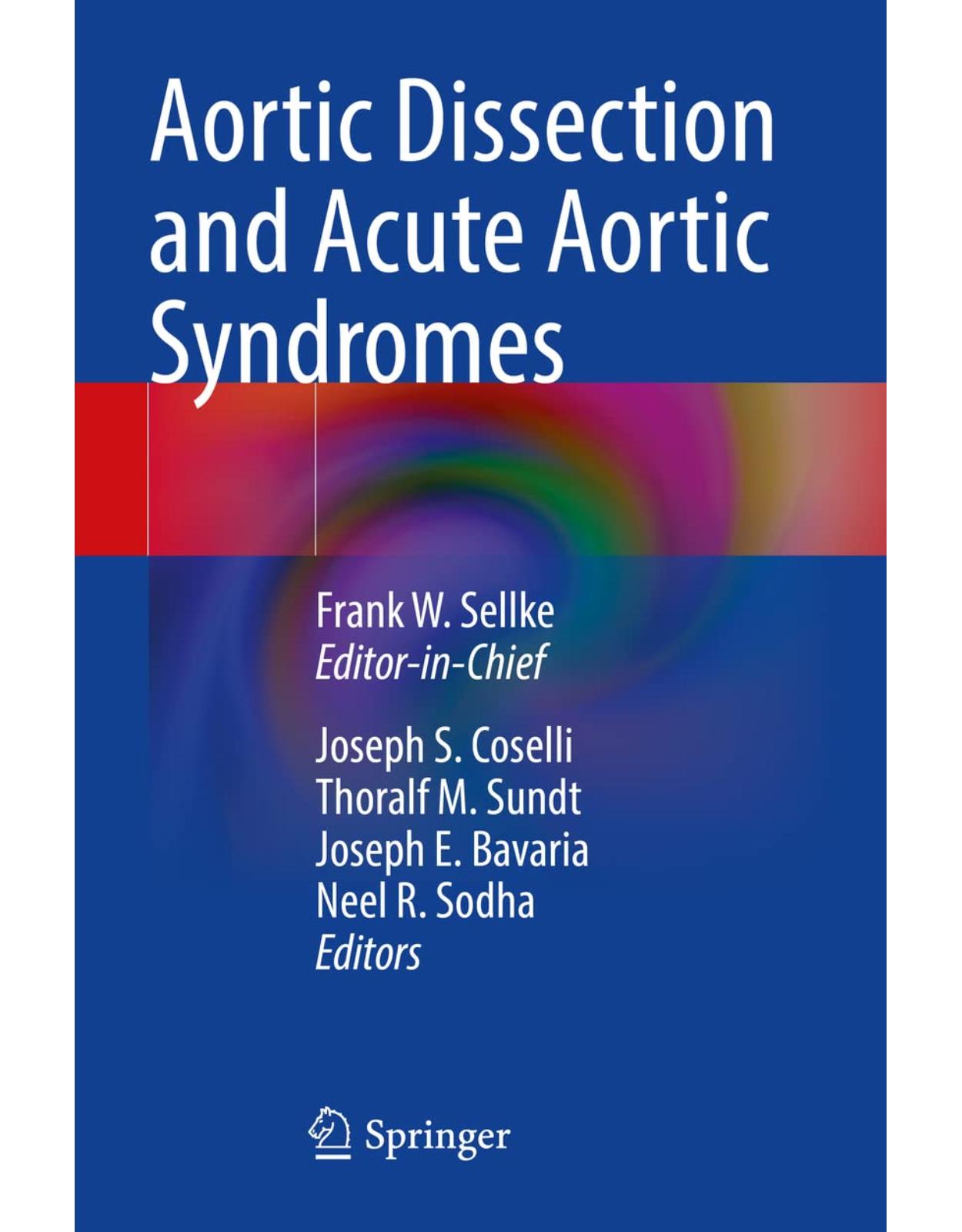
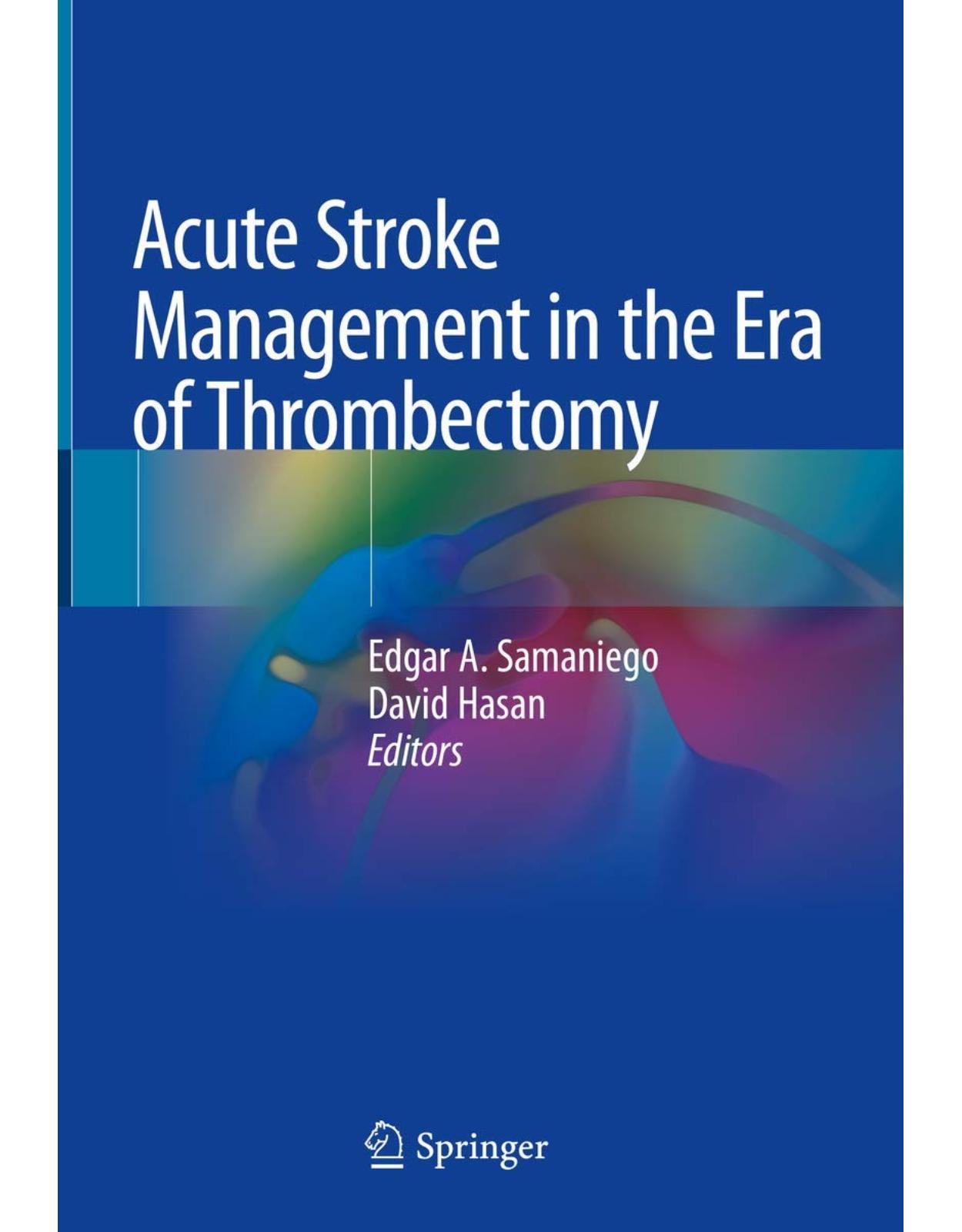
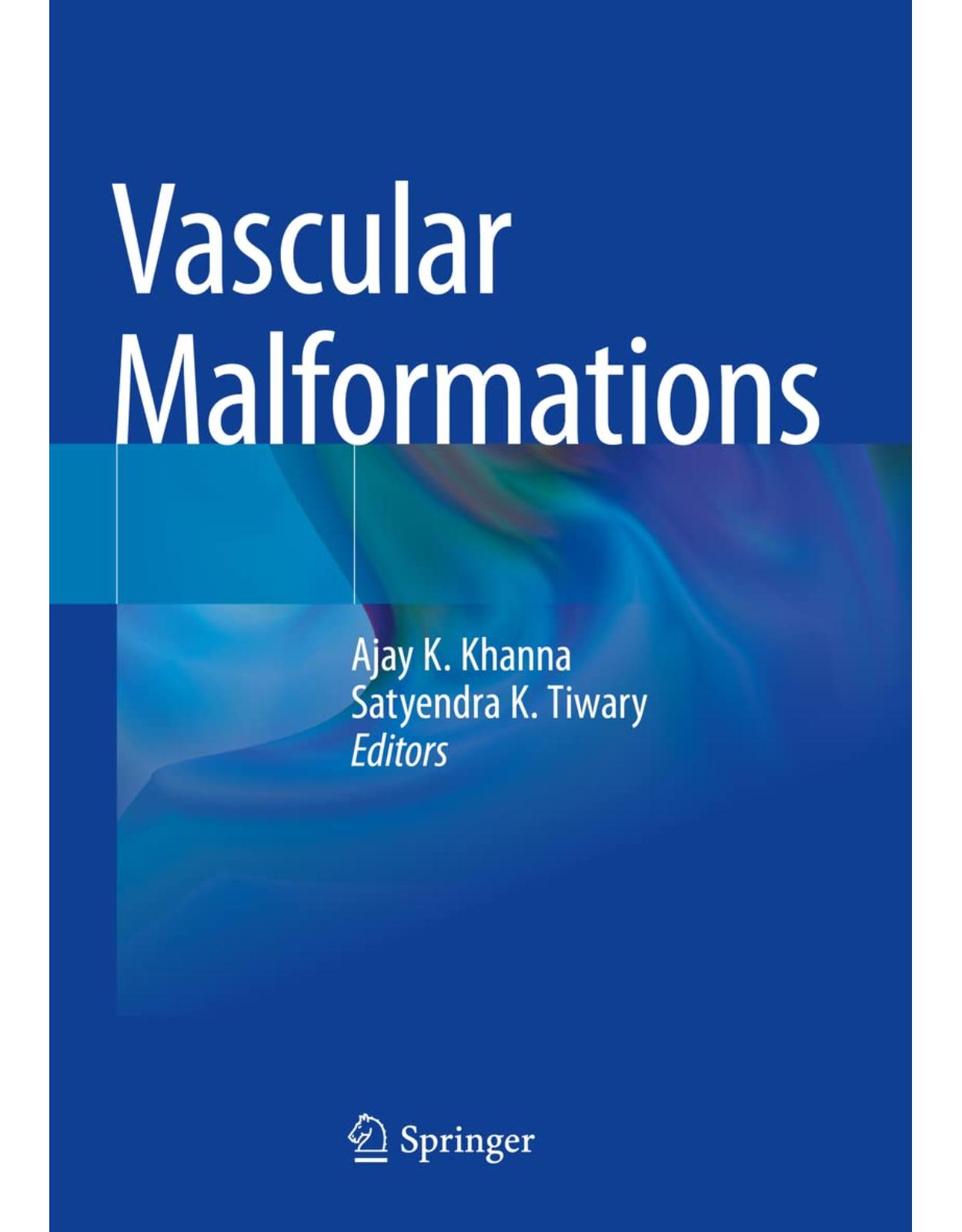
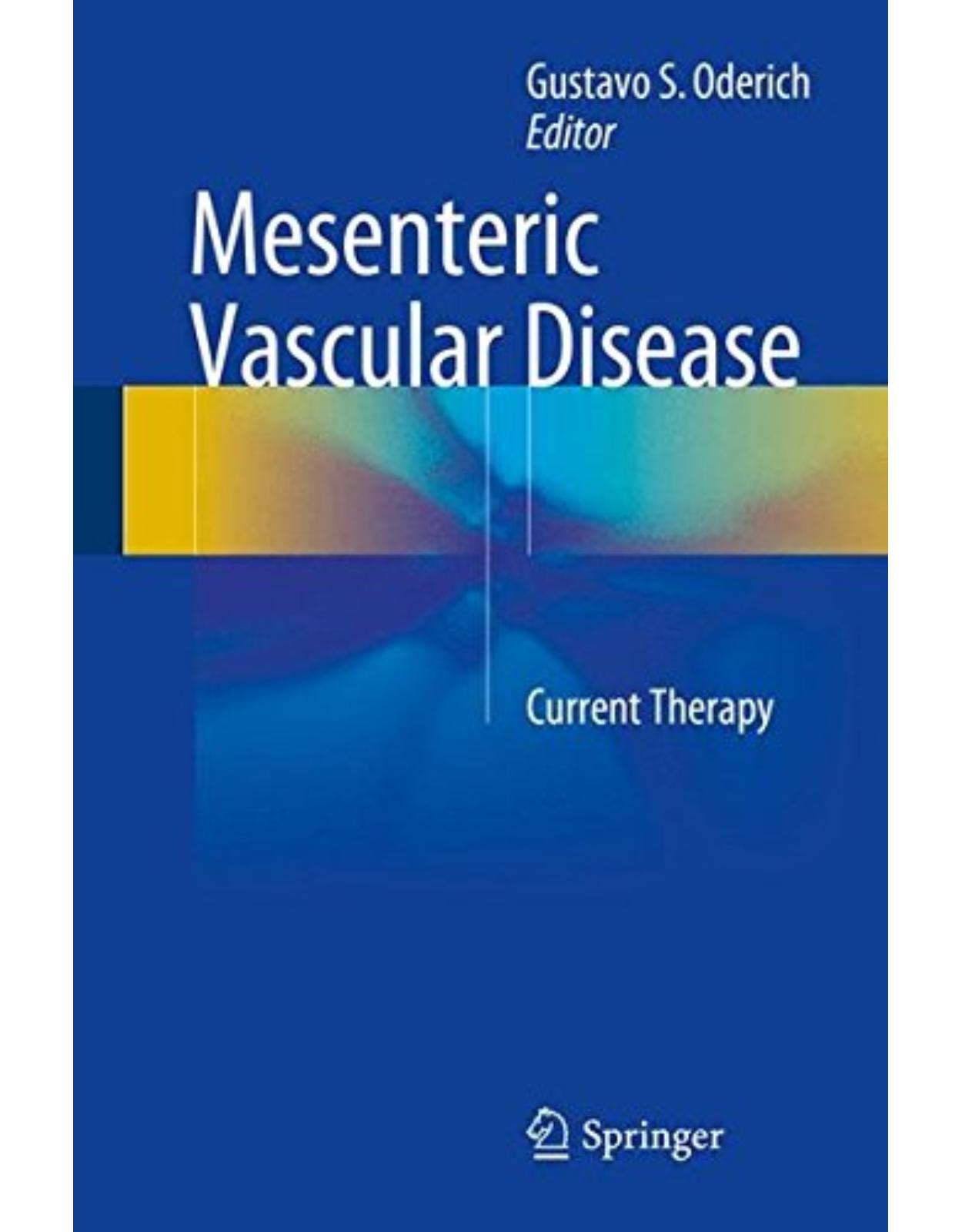
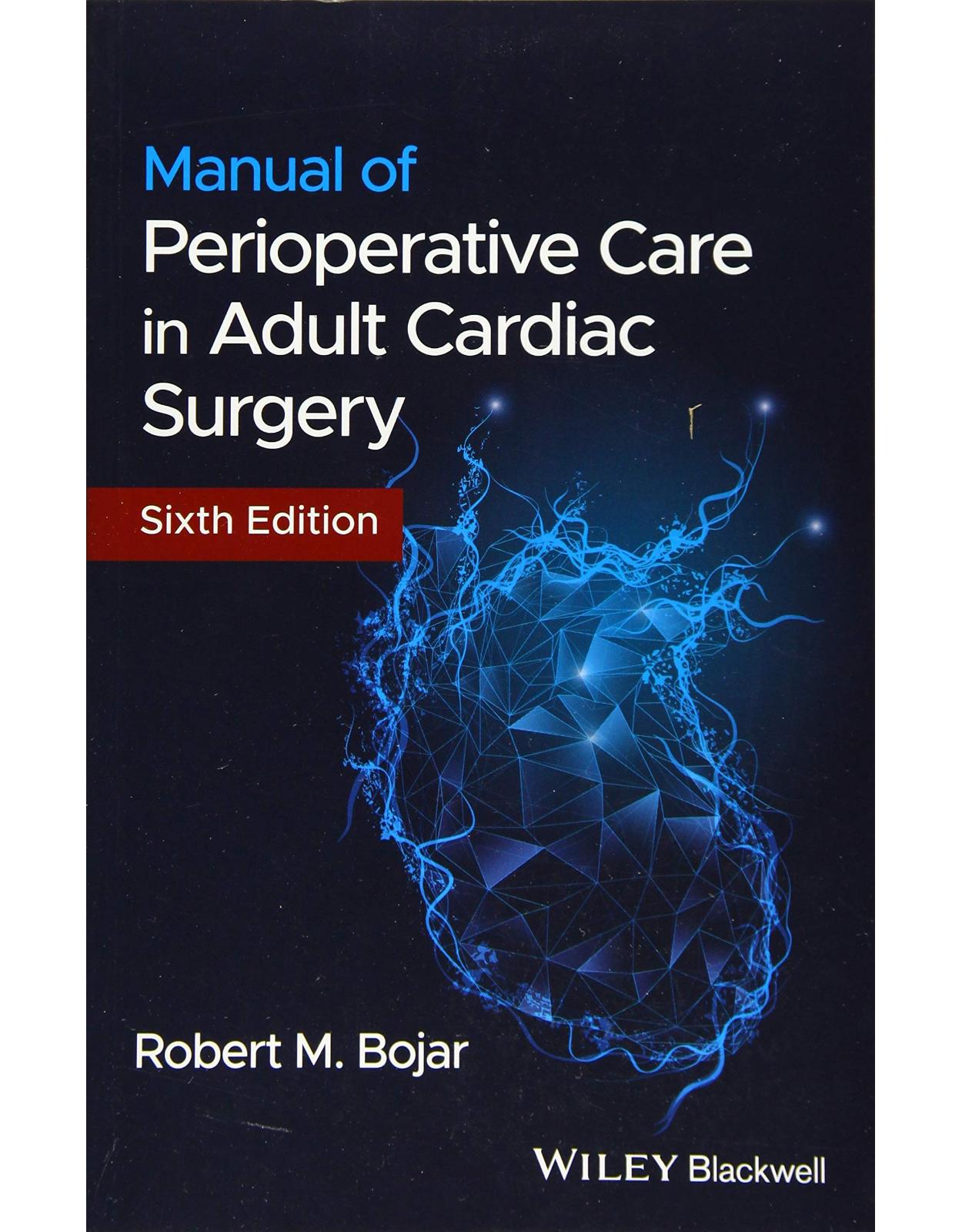
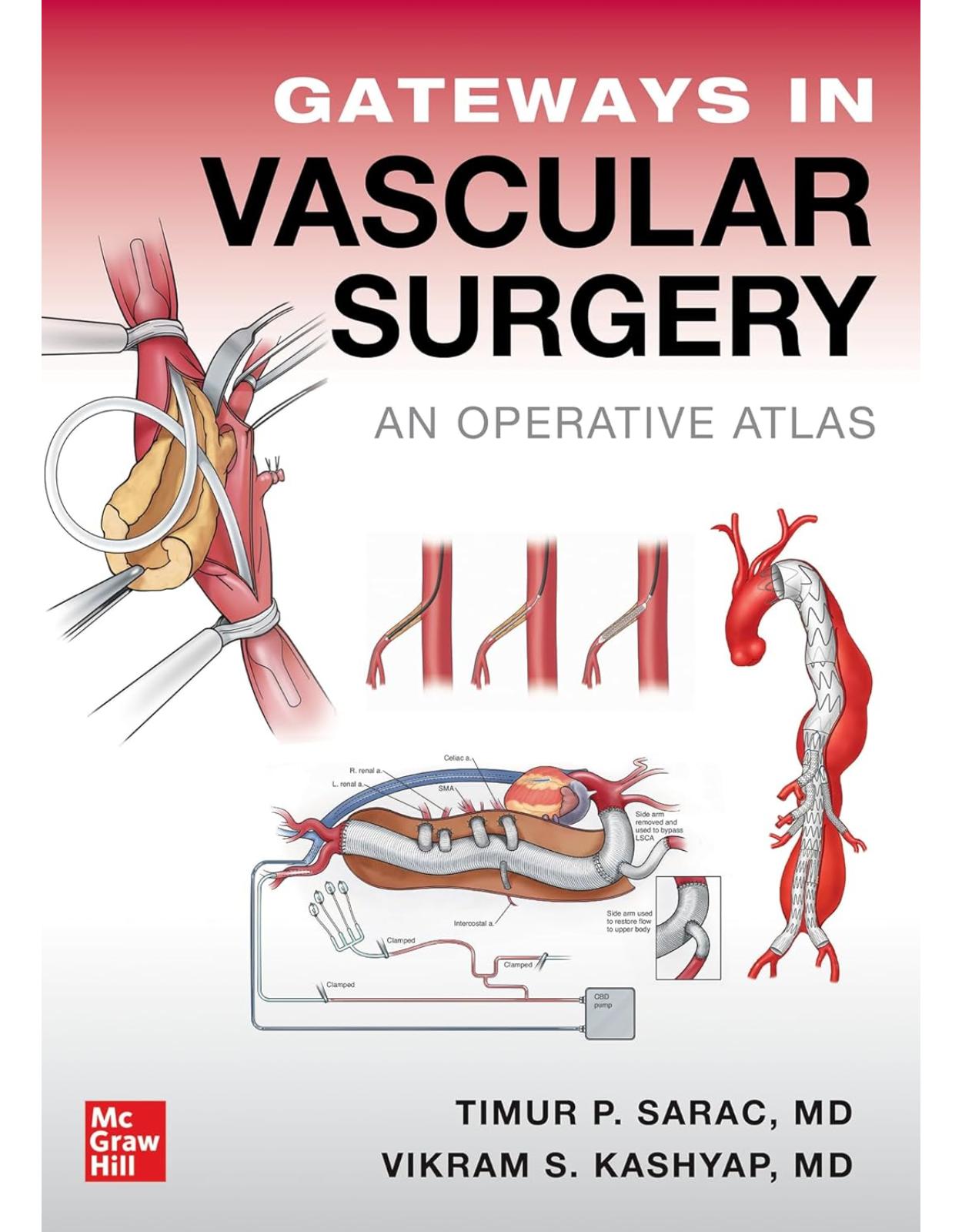
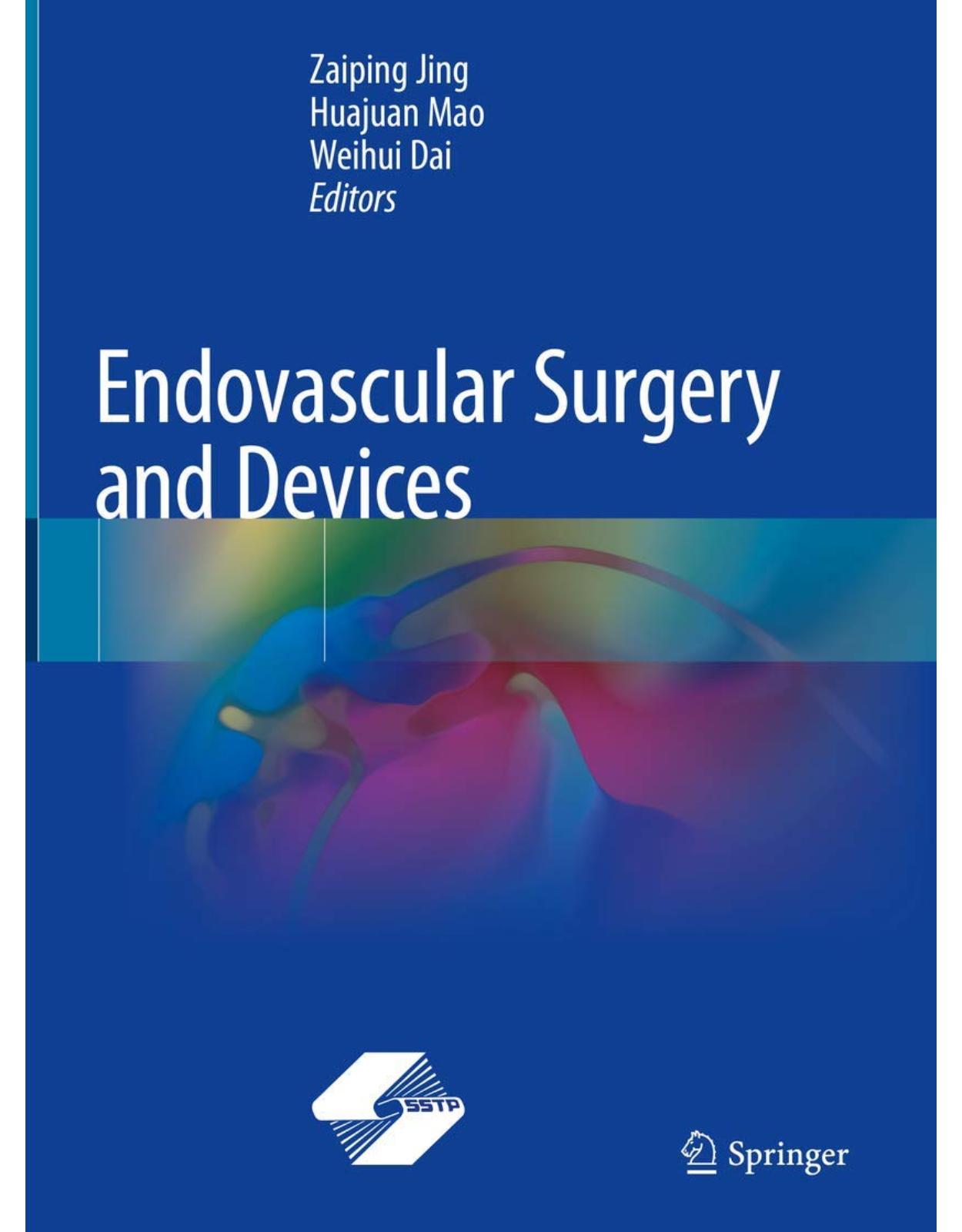
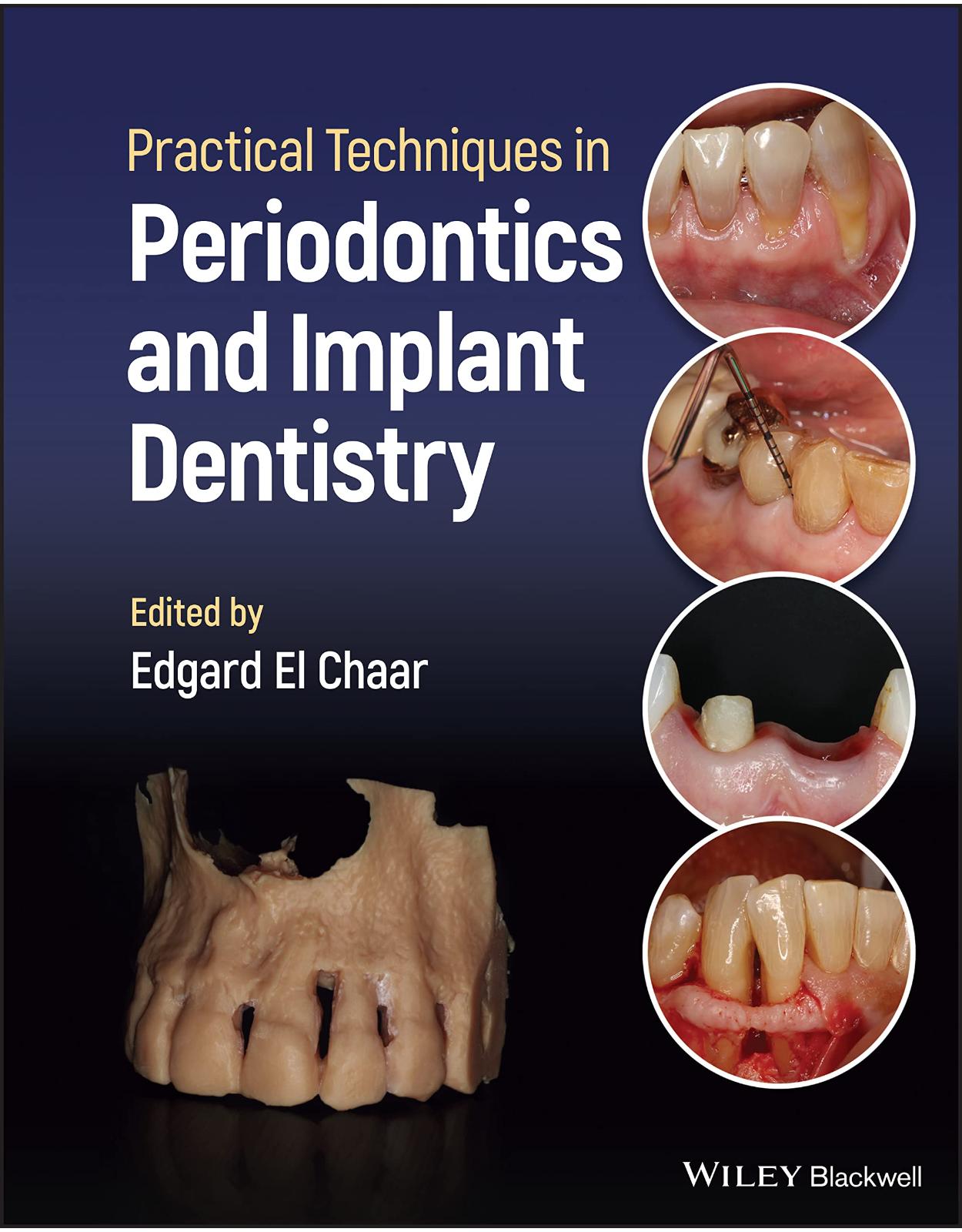
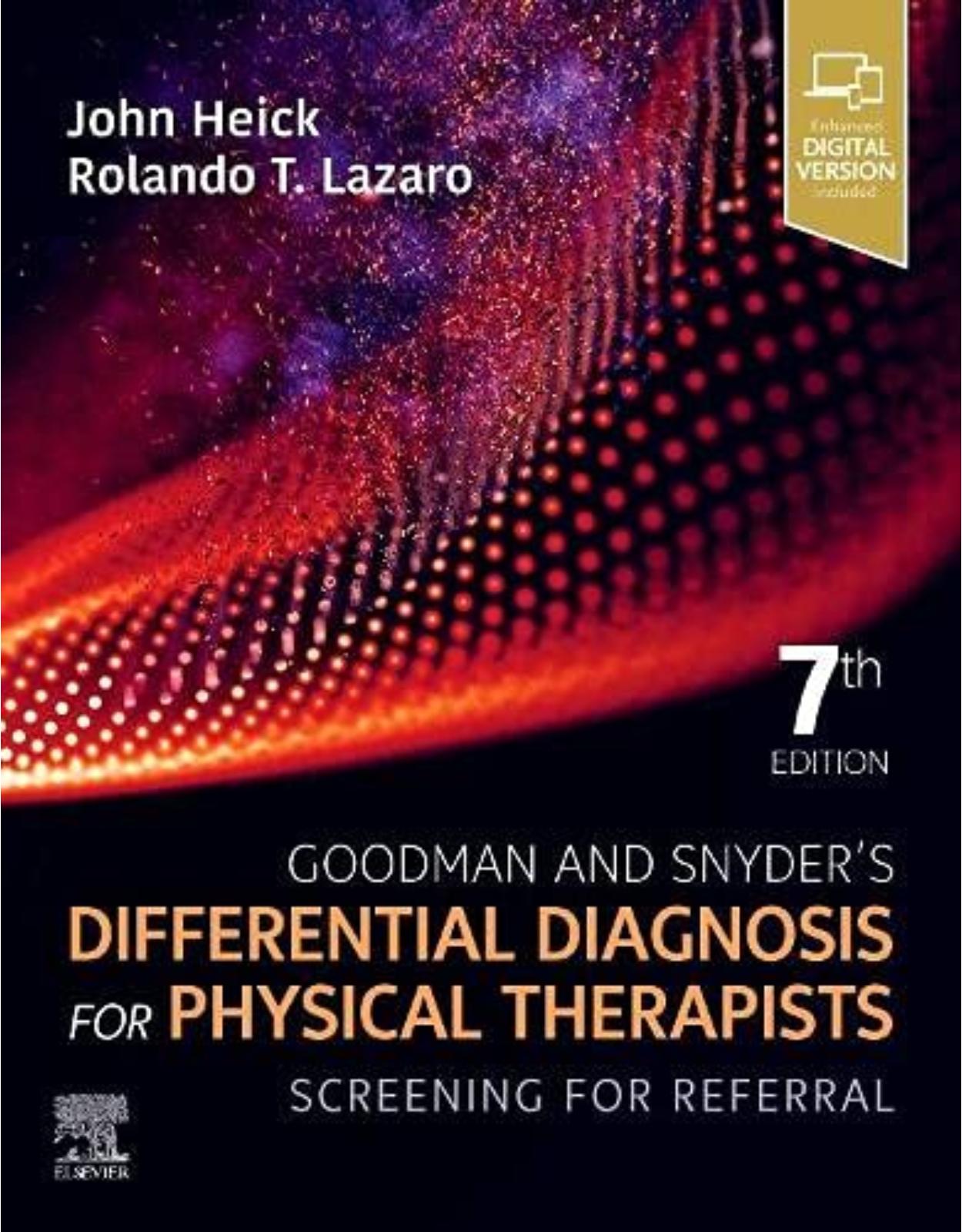


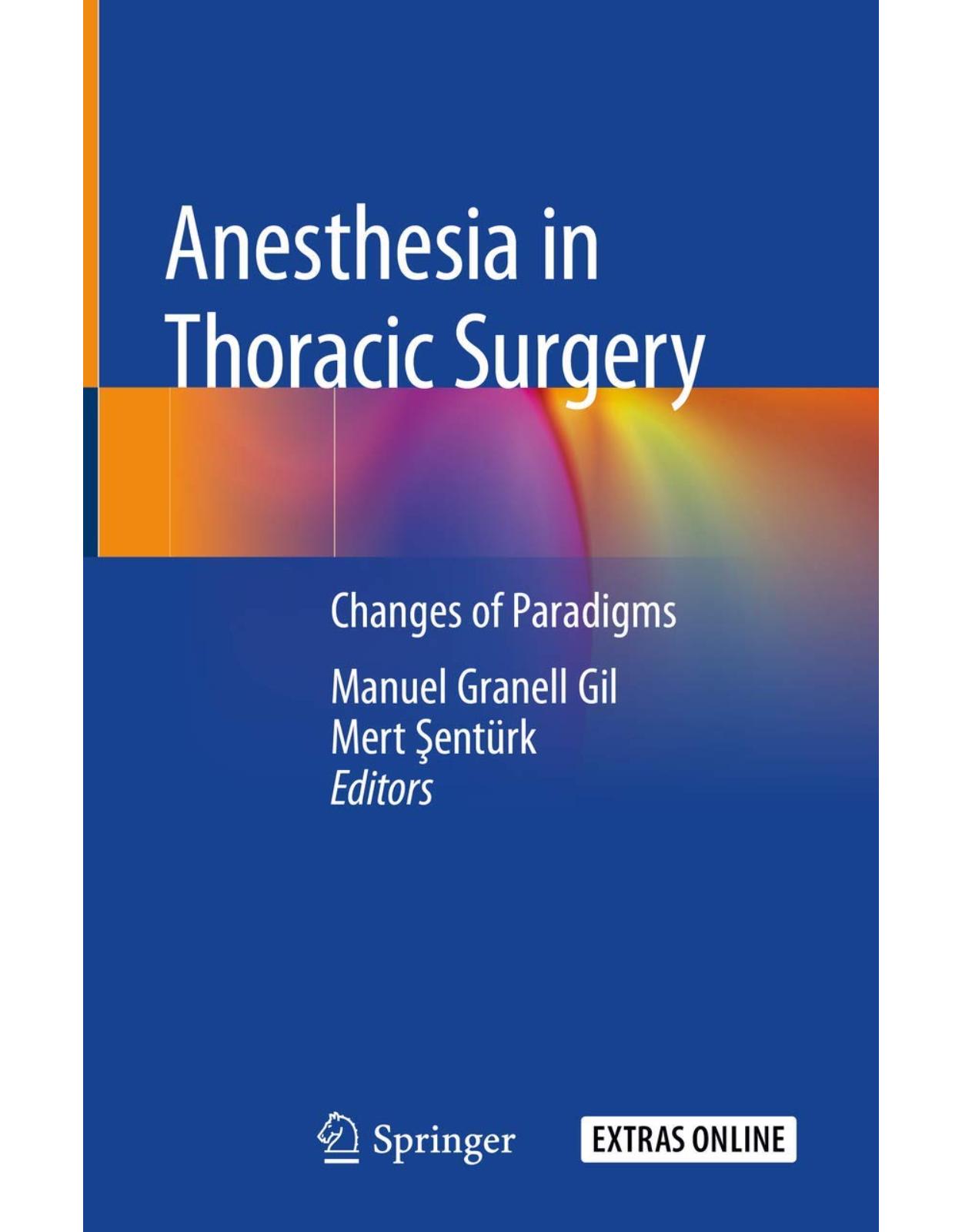
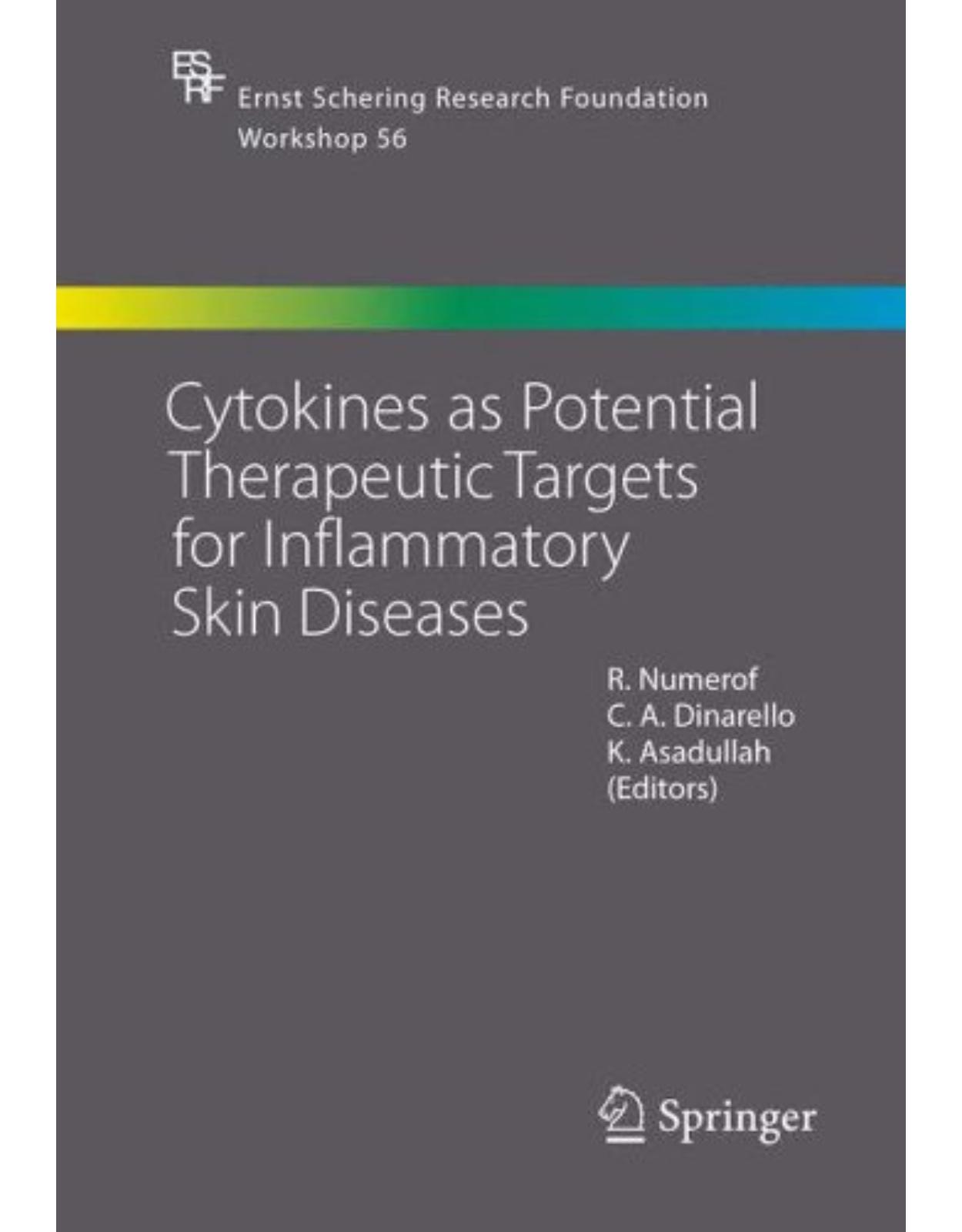

Clientii ebookshop.ro nu au adaugat inca opinii pentru acest produs. Fii primul care adauga o parere, folosind formularul de mai jos.